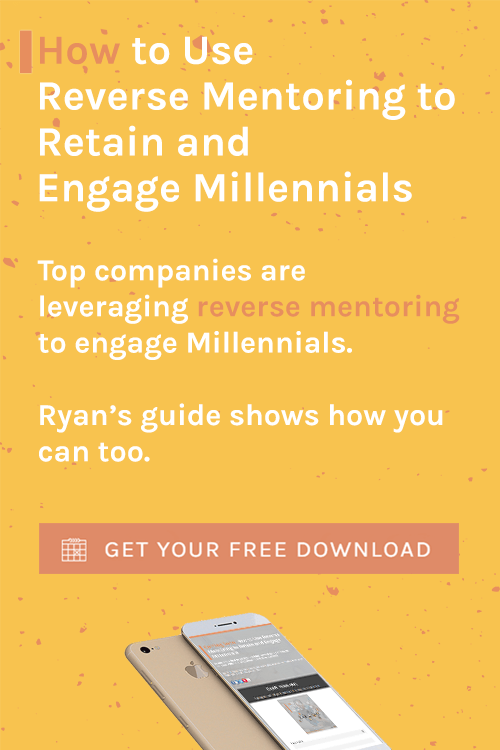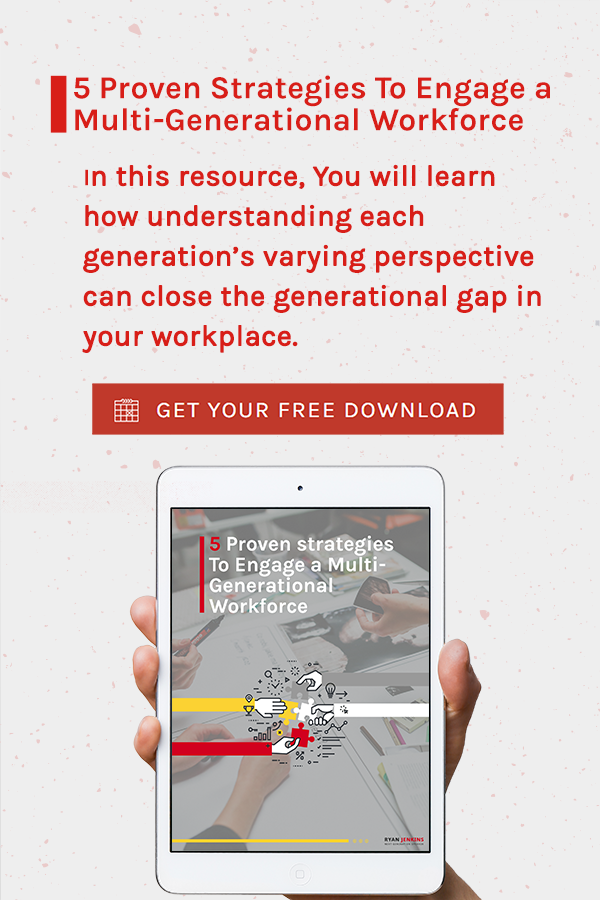Millennials are being critical of learning and development programs...but it's valid

The fast rise of Millennials into leadership positions is quickly exposing how irrelevant, antiquated, and inefficient many companies learning and development (L&D) programs are. Millennials have radically different expectations for L&D and are the generation that is most critical of the relevancy of their current employer's leadership development programs.
Only 40 percent of Millennials (vs 67 percent of Baby Boomers) say their leadership development programs are excellent. And 37 percent of Millennials (vs 26 percent of Baby Boomers) believe that their organization's leadership development program requires significant improvement to be successful.
According to Harvard Business Publishing's 2018 State of Leadership Development Report, here are the top three reasons Millennials say L&D programs are failing:
- Poor content
Millennials are 3.4x more likely than Baby Boomers to cite poor content as a barrier. - Not enough external thinking and expertise
Millennials are 2.3x more likely than Baby Boomers to cite lack of external expertise as a barrier. - No application to on-the-job requirements
Millennials are 1.3x more likely than Boomers to cite lack of job application as a barrier.
Considering 71 percent of Millennials who are likely to leave an organization in two years are dissatisfied with how their leadership skills are being developed, not improving L&D programs could spell disaster for retaining and developing future leaders. (Read this to learn how to avoid the costly pitfalls of training Millennials.)
Not only is it detrimental to future leader development, but business performance can also be hindered by not improving L&D. Sixty-six percent of organizations that view L&D as critical to success had a stronger market position than their competitors.
Organizations are falling behind fast in their ability to offer L&D programs that prepare, engage, and transform Millennials into future leaders.
3 Ways to Improve L&D Programs for Millennials
- Deliver relevant and accessible content
Emphasize the relevance of the learning to both the business and learner. Content must address the specific and evolving challenges Millennials face at work. Content must be easily accessible (micro, mobile, etc.) to meet the demands of the untethered Millennial generation. - Harness expertise from external sources
Ensure content is from a trusted source. (Read this to learn why listening to external sources is so critical.) In addition, consider taking advantage of the various learning technologies that Millennials readily embrace (such as gamification, virtual reality, social platforms, mobile, and video). - Make it applicable
Create clear alignment between program content and the business issues facing the organization. Also, use experiential action learning or real-world activities where Millennials can put their learning into action in order to cement the behavior. (Read this for more insights into what elements are needed to effectively train Millennials.)
A helpful example of an innovative L&D solution that integrates all of these elements is 21mill.com.
L&D programs must evolve to meet the new expectations and needs of Millennials...and soon Generation Z.
21Mill is ideal for organizations with a growing number of Millennial and Generation Z employees who seek learning solutions that are catered to their learning style so that they can perform better at work. Contact us for your free demo.





